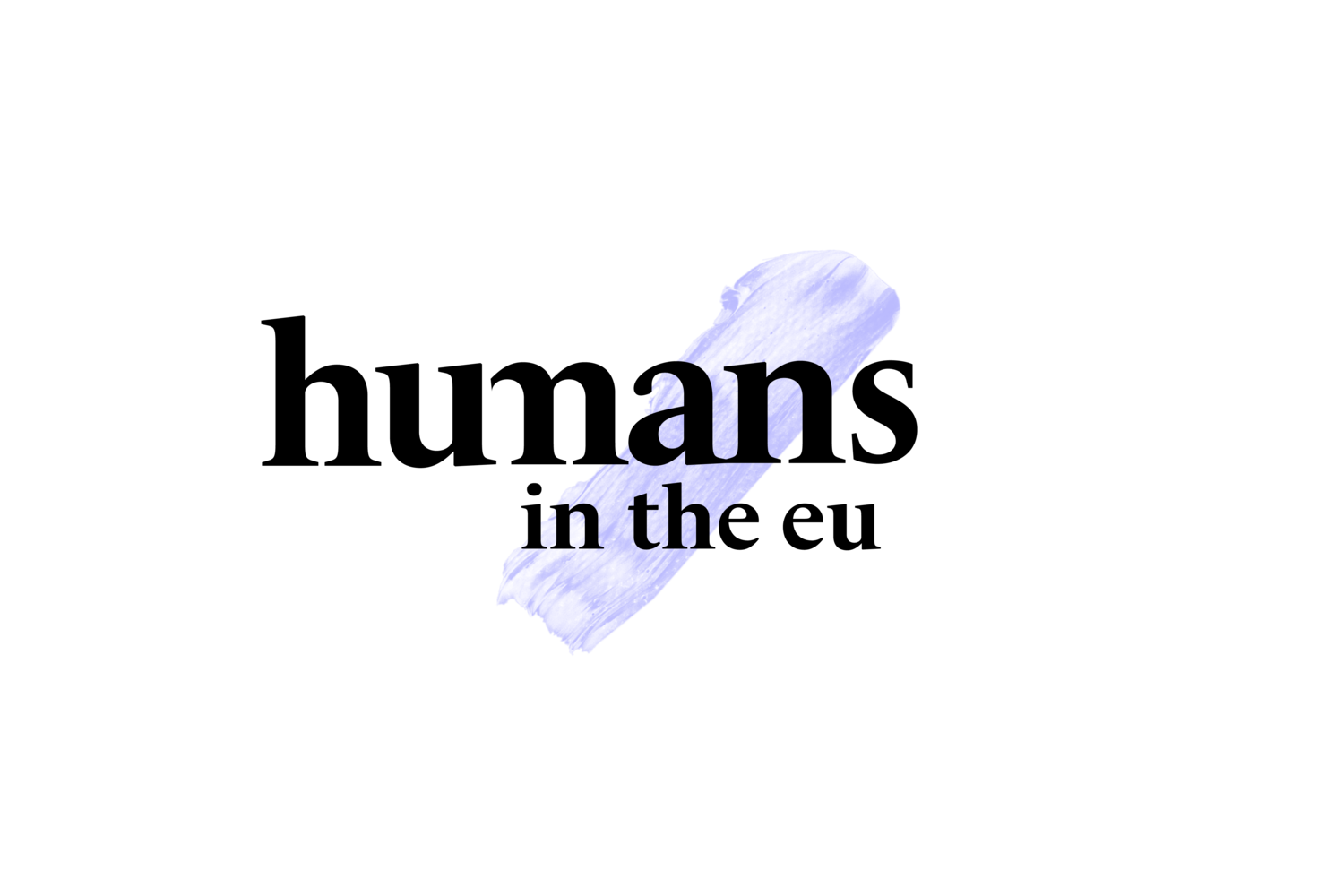The Importance of Craft in Today’s Society
A multimedia story showing Polish crafters to explore the relevance of craft
This photo series by Magda Kuca explores the relevance of craft in today's society, through portraits of Polish crafters based in the city of Poznan.
“By inviting local crafters: butchers, bakers, bookbinders that have been working in that particular place for generations- to not only pose for the picture but also to engage with the project's agenda, chose their apparel and props to tell their own story about their craft as accurately as possible, we created an opportunity for them to engage with arts and through arts we were able to explore the subject of being human in a society, in a more digestible form.
I believe in projects like this because they shed light on important topics for the EU: the work of its very own people, whether they are doing a simple job or working with a craft, which could disappear one day…is an important topic because it connects us to a particular place in the world. I truly believe that arts can be a bridge between the viewer and important topics, such as crafters and workers being a vital part of Polish, and European society.”
Magda Kuca is a Polish artist and photographer based in London, with a great passion for traditional, historic photography and printmaking techniques. She teaches creative methods of printmaking and through her art, she explores the cyclical nature of human rituals by using techniques of wet plate collodion, and also using contexts of identity, memory and ethnological investigation.
This project was created thanks to a collaboration with the Polish bakery Pracownia Godny. And the support of cwp2016, Poznań, Poland.
About the technique used:
The photos are ambrotypes (positive photographs on glass, made by a variant of the wet plate collodion process)
“Using the 19th century wet plate collodion technique that is a mixture of silver, light and skilled manual labour, I wanted to bring back the significance of this craft, which allowed me to find a common language with the crafters. Drawing great inspiration from August Sander who used large format photography to create portraits of German society, this series of timeless portraits reflects the working man. "We know that people are formed by light and air, by their inherited traits and their actions. We can tell from their appearance, the work that someone does or does not do, we can read on their face whether they are happy or troubled" August Sander.’”













